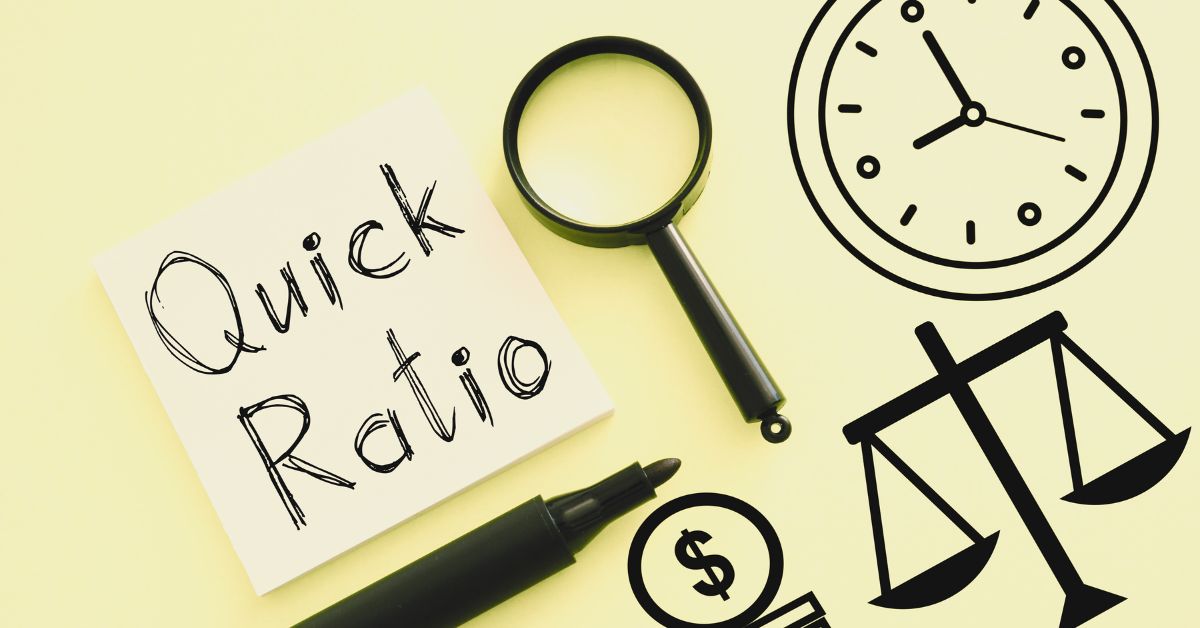
Brought to you by CreditNinja:
Financial ratios are critical to understanding a business’s financial health. They provide valuable insights into a company’s performance, profitability, and liquidity, which can help business owners make informed decisions.
If you’re new to these financial metrics, we’ll walk you through the five key financial ratios that every business owner should know.
1. Debt Ratios
Debt ratios show the level of financial leverage a business uses to finance its operations. These ratios are essential for business owners to gauge if their credit falls within tier 1 to tier 3 credit (exceptional to good credit) or if it slips to tier 4 or poor credit. As we all know, these figures can affect a company’s creditworthiness and overall financial stability.
Debt-to-Equity Ratio
This ratio quantifies the extent to which a company relies on debt in comparison to equity for its financing. It’s calculated by dividing total liabilities by shareholder equity. Business owners should maintain a healthy balance between debt and equity financing.
Interest Coverage Ratio
The interest coverage ratio evaluates how well a company can cover its interest expenses related to its outstanding debt. It’s measured by dividing earnings before interest and taxes or EBIT by the interest expense over the same period. Business owners should monitor this ratio closely to ensure enough cash flow to cover their debt payments.
2. Liquidity Ratios
Liquidity ratios measure a company’s ability to meet its short-term financial obligations. Investopedia defines liquidity ratios as “a class of financial metrics used to determine a debtor’s ability to pay off current debt obligations without raising external capital.” These are important for business owners as they show how easily a business can pay off its current liabilities with its current assets.
Current Ratio
The current ratio is a common liquidity metric among various financial ratios. It’s calculated by dividing current assets by current liabilities. A high current ratio (above 1) indicates that the company has more than enough assets to cover its immediate obligations. In contrast, a low ratio (below 1) suggests that the company may struggle to pay off its debts on time.
Quick Ratio
Similar to the current ratio, the quick ratio measures a company’s ability to meet its short-term obligations. However, it takes into account only the most liquid assets (cash, marketable securities, and accounts receivable) and excludes inventory from the calculation. A higher quick ratio is preferred, as it shows the company has enough cash and assets to meet its short-term obligations without relying on inventory sales.
3. Profitability Ratios
Profitability ratios evaluate a company’s capacity to earn profits relative to its assets, revenue, or equity. These ratios help business owners understand how effectively their business utilizes resources to generate income.
Gross Profit Margin
Calculated as a percentage, the gross profit margin reflects the revenue remaining after deduction of the cost of goods sold (COGS). It shows how well a company controls its direct costs and generates profits from its sales.
Net Profit Margin
The net profit margin is similar to the gross profit margin but takes into account all expenses, including indirect costs like rent, utilities, and salaries. It reflects a business’s overall profitability after all costs have been deducted from revenue.
4. Efficiency Ratios
Efficiency ratios show how well a company utilizes its assets to generate revenue. These ratios are essential for business owners, as they can help identify areas for improvement to increase efficiency and profitability.
Inventory Turnover Ratio
The inventory turnover ratio quantifies the efficiency of inventory management by indicating the rate at which products are sold. It’s calculated by dividing the cost of goods sold by the average inventory value. A high inventory turnover ratio signifies efficient inventory control, while a low ratio implies a surplus of inventory or a sluggish sales pace.
Accounts Receivable Turnover Ratio
The accounts receivable turnover ratio measures how quickly a company collects customer payments. It’s measured by dividing net credit sales by the average accounts receivable balance.
5. Solvency Ratios
Solvency ratios assess a company’s capacity to sustain long-term financial health and fulfill extended financial commitments. They’re essential for business owners as they provide insight into a company’s financial health in the coming years.
Debt-to-Assets Ratio
The debt-to-assets ratio measures the percentage of assets that are financed by debt. This figure is derived by dividing the total liabilities by the total assets of a company. A higher ratio may indicate a higher risk of bankruptcy in case of economic downturns or other financial challenges.
Debt Service Coverage Ratio
The debt service coverage ratio measures a company’s ability to pay its long-term debts, including interest and principal payments. This calculation involves dividing the company’s net operating income by its total debt service obligations over a specific period.
Wrapping Up
These financial ratios are important in assessing a company’s financial health and performance. Armed with the knowledge of how each ratio is computed and the insights it provides, you’re empowered to make sound financial management decisions. As a friendly reminder, you should regularly monitor these ratios and take steps to improve them if necessary to ensure long-term sustainability and success.